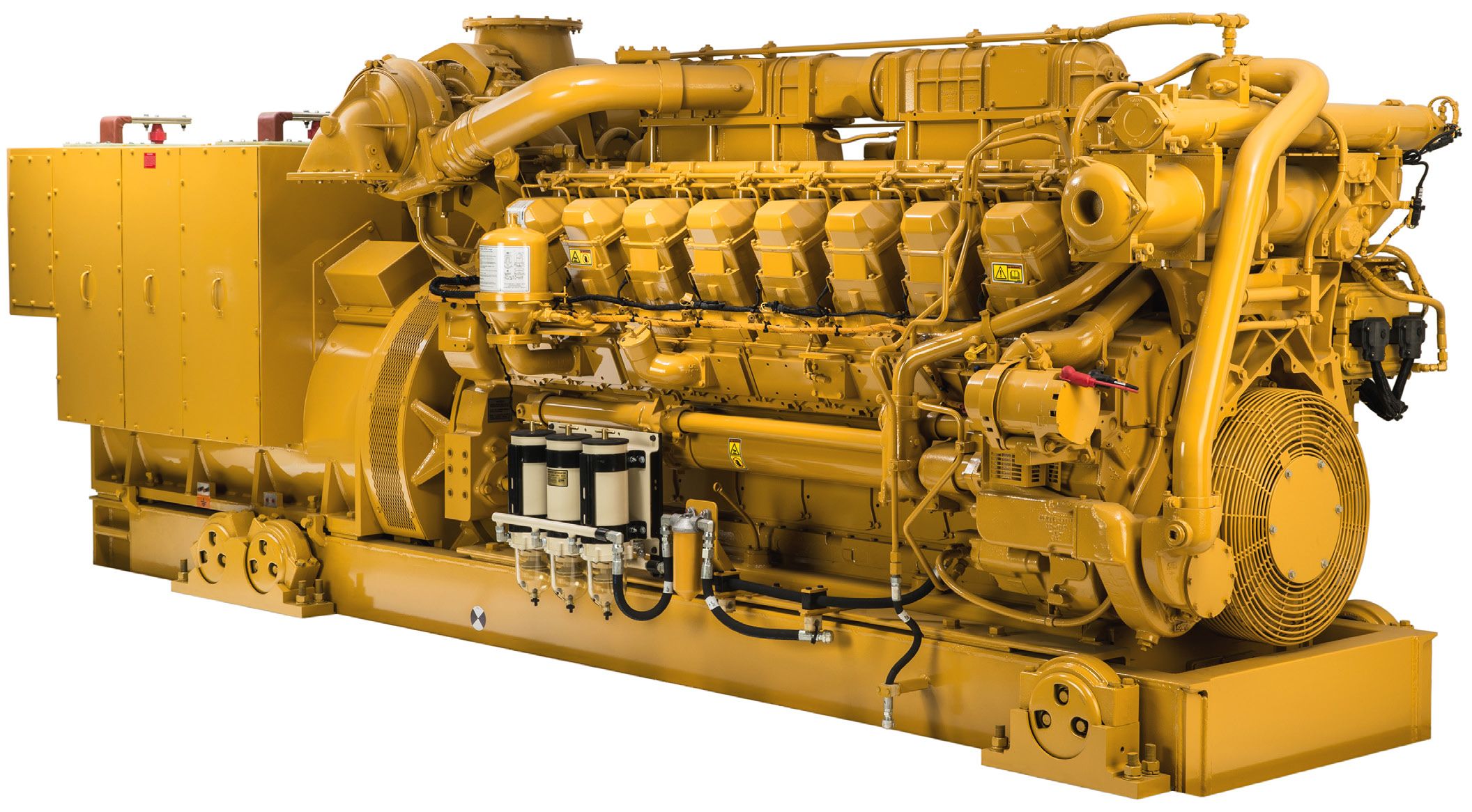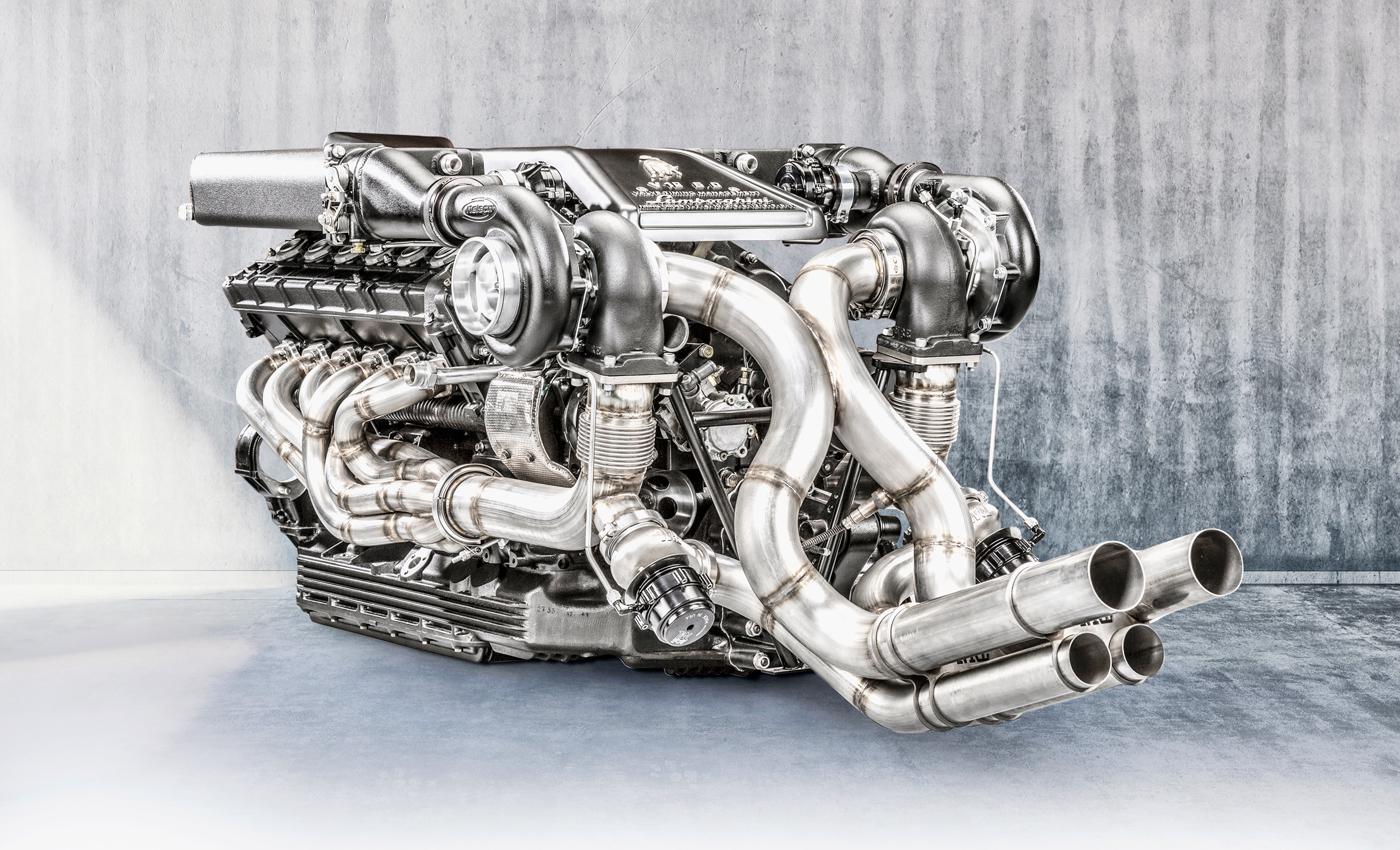The Pursuit for Ultimate Driving Power: Examining the Pinnacle of Engine Efficiency and Technological Developments in the Automotive Field
In the realm of automotive engineering, the quest of maximum driving power has been an unrelenting mission that has actually unravelled through the development of engine style and the integration of advanced technologies. From the careful craftsmanship of combustion engines to the fast improvements in electrical propulsion systems, the automotive field stands at the cusp of a new era characterized by unprecedented performance capabilities. As engineers and scientists dig much deeper right into the realms of computational liquid characteristics and check out innovative fuel innovations, the perspective of opportunities increases significantly. Keep tuned as we unwind the elaborate tapestry of technological developments that are forming the future of automobile power and efficiency.
Advancement of Engine Design

Furthermore, the assimilation of turbocharging and supercharging technologies has revolutionized engine layout by enhancing power without dramatically increasing engine dimension. These forced induction systems compress the consumption air, enabling for even more gas to be combusted, thereby generating higher power result from a smaller sized engine. This innovation has actually been especially important in boosting the performance of smaller sized variation engines while maintaining fuel efficiency standards.

Performance-Enhancing Fuel Technologies
The execution of sophisticated gas innovations has dramatically contributed to enhancing engine performance in modern-day automobiles. Biofuels, derived from renewable resources like corn, algae, or sugarcane, deal improved and reduced emissions engine efficiency. Furthermore, fuel ingredients and cleaning agents are being developed to tidy engine components, optimize combustion, and lower rubbing, consequently boosting general automobile efficiency.
Developments in Electric Propulsion
Considerable strides in electric propulsion technology have actually changed the automobile sector, leading the way for a brand-new era of effective and sustainable transport. Electric automobiles (EVs) are getting appeal due to their environmental advantages and advancements in battery technology, allowing longer driving varieties and much shorter charging times. Suppliers are investing heavily in r & d to boost the efficiency of electrical propulsion systems, focusing on raising power result, boosting energy performance, and minimizing overall weight.
One significant breakthrough in electrical propulsion is the development of innovative electric motors that provide higher torque and power density, resulting in improved velocity and general driving performance. In addition, regenerative stopping systems have actually been improved to record and store power throughout deceleration, more enhancing the performance of EVs.
In addition, the combination of smart technologies, such as fabricated intelligence and predictive analytics, is optimizing the administration of electric propulsion systems, guaranteeing ideal performance under different driving problems. These improvements in electric propulsion are improving the vehicle landscape, driving the industry in the direction of a much more sustainable and energized future.
Influence of Computational Liquid Dynamics
With improvements in electric propulsion pushing the borders of auto modern technology, the integration of Computational Liquid Dynamics is playing an essential function in maximizing aerodynamic performance and improving overall effectiveness in vehicle design. Computational Liquid Dynamics (CFD) includes the use of computer system simulations to analyze the flow of air around a car, enabling designers to anticipate how layout changes will certainly affect aerodynamics without the demand for expensive that site physical models. By properly modeling air movement patterns, CFD permits for the improvement of car forms to reduce drag, boost cooling, and improve security.
CFD makes it possible for engineers to enhance air flow around parts such as radiators, engine bays, and wheel wells, adding to improved performance and total driving experience. In verdict, the integration of Computational Fluid Characteristics represents a considerable step ahead in the mission for ultimate driving power and performance in the automotive sector.
Future Fads in Engine Development
In the dynamic landscape of auto design, cutting-edge advancements are shaping the future trajectory of engine innovation. The future of engine layout is marked by a strong focus on effectiveness, sustainability, and performance. Producers are significantly concentrating on establishing engines that not only supply high power outcomes yet likewise focus on environmental duty by reducing exhausts and boosting gas efficiency.
One prominent pattern in engine technology is the increase of electrification. Crossbreed and electrical powertrains are acquiring grip as practical alternatives to standard combustion engines. These modern technologies use the potential for considerable decreases in carbon discharges and increased power efficiency, straightening with international efforts to fight climate adjustment.
Furthermore, innovations in materials scientific research and production methods are making it possible for the manufacturing of lighter and extra resilient engine elements. This change towards lightweight materials such as carbon fiber and light weight aluminum alloys adds to enhanced efficiency and fuel economic climate.
Final Thought
In final thought, the quest of best driving power in the vehicle industry remains to drive advancements in engine design, fuel technologies, electric propulsion, and computational fluid dynamics. The evolution of these technologies is shaping the future of engine technology, leading the way for investigate this site a lot more powerful and efficient automobiles (engines for africa). As the market proceeds to press the boundaries of what is possible, we can expect to see also more innovative advancements in the mission for peak performance
One of the essential landmarks in engine style development is the transition from traditional carbureted engines to contemporary fuel-injected systems. By exactly metering the fuel distribution to each cylinder, fuel-injected engines maximize burning, resulting in much better performance and reduced environmental impact.
Furthermore, the integration of turbocharging and supercharging technologies has actually revolutionized engine design by enhancing power without significantly boosting engine size (engines for africa).The implementation of sophisticated fuel innovations has actually dramatically added to boosting engine efficiency in contemporary about his cars. In addition, fuel ingredients and cleaning agents are being created to clean engine components, enhance combustion, and decrease friction, thereby boosting total automobile performance